Strong, healthy nails are a sign of overall well-being and can boost confidence. Many people struggle with weak or brittle nails that break easily. Keeping natural nails strong requires a combination of proper nutrition, good habits, and regular care.
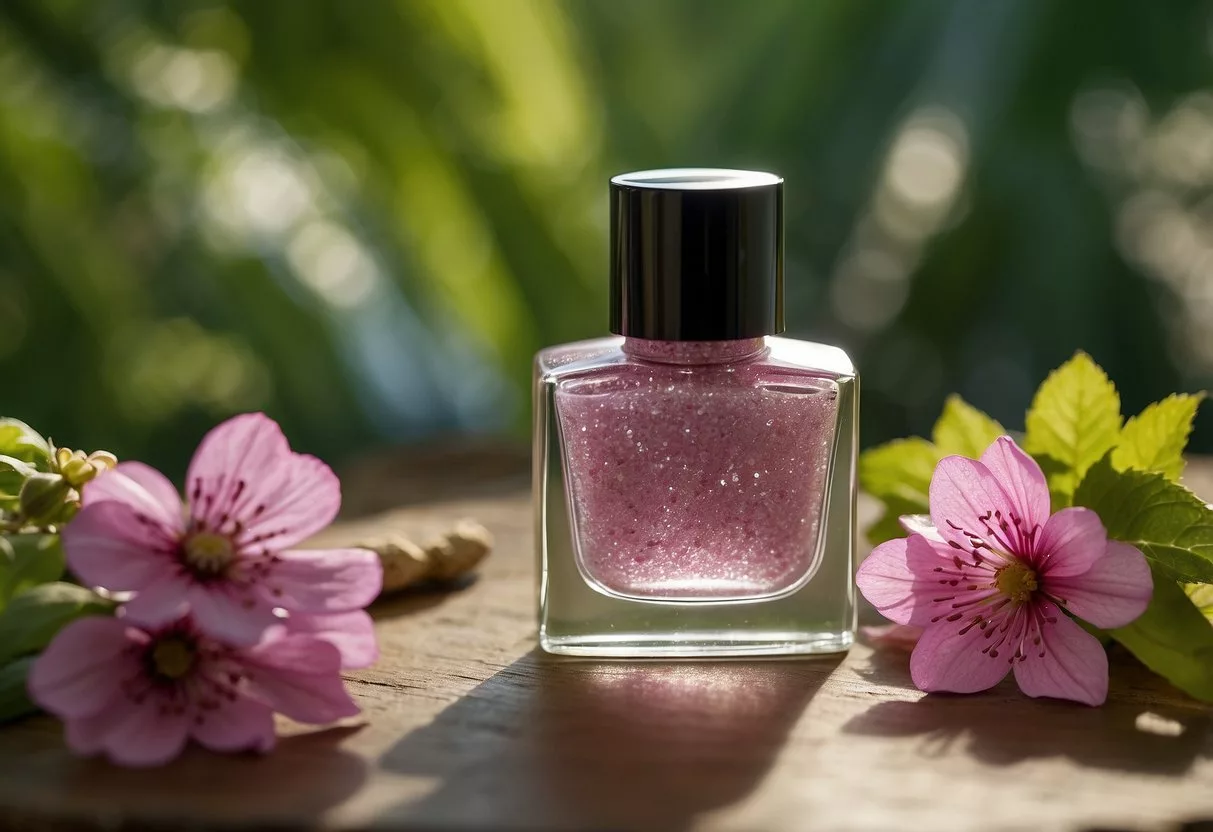
Nails are made of keratin, a protein that also forms hair and skin. They grow from the base of the nail bed, pushed outward as new cells form. This process can be affected by diet, health conditions, and how we treat our hands and feet.
Gentle care and smart choices can make a big difference in nail strength. Simple steps like using moisturizer and avoiding harsh chemicals can help. Eating a balanced diet with enough protein, biotin, and other key nutrients also plays a role in nail health.
Key Takeaways
- Moisturizing regularly and avoiding harsh chemicals helps keep nails strong
- A diet rich in protein and biotin supports healthy nail growth
- Gentle nail care practices and avoiding excessive water exposure protect nail strength
Understanding Nail Structure and Growth
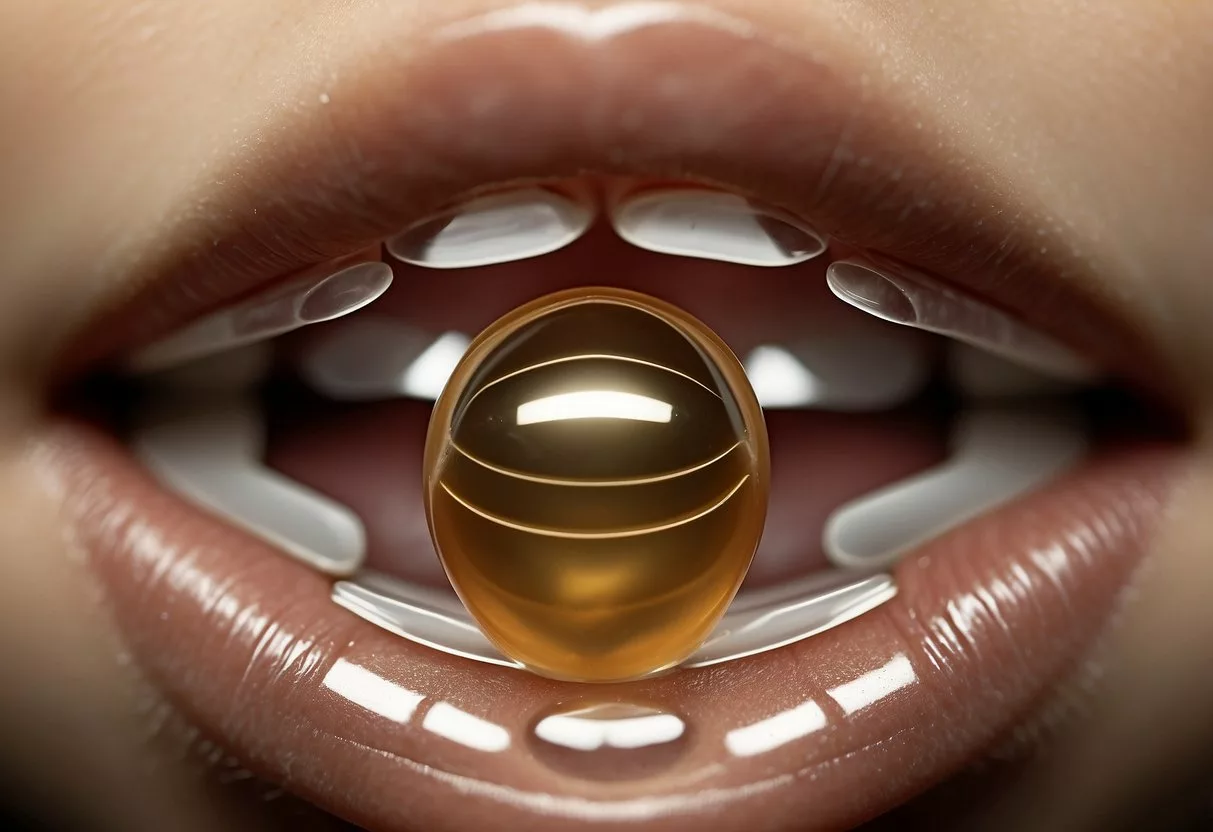
Nails are made of protein and play a key role in protecting our fingertips. They grow slowly over time and have several parts that work together.
Components of a Healthy Nail
The main part of a nail is the nail plate. This is the hard, visible part we see on our fingers. It’s made of a tough protein called keratin.
Under the nail plate is the nail bed. This pink area gives nails their color. The lunula is the white half-moon shape at the base of the nail.
The cuticle is a thin layer of skin that protects the new nail as it grows. The nail matrix is where new nail cells are made. It’s hidden under the skin at the base of the nail.
Nail folds are the skin around the edges of the nail. They help anchor the nail in place.
Nail Growth Cycle
Nails grow from the matrix at the base of the nail. New cells push older ones forward, making the nail longer.
Fingernails grow about 3.5 mm per month on average. Toenails grow more slowly, at about 1.6 mm per month.
The full growth cycle for a fingernail takes about 6 months. For toenails, it can take 12-18 months.
Factors like age, nutrition, and health can affect nail growth speed. Younger people’s nails often grow faster than older adults’.
Eating a balanced diet with enough protein and nutrients helps support healthy nail growth.
Essential Nutrients for Nail Health
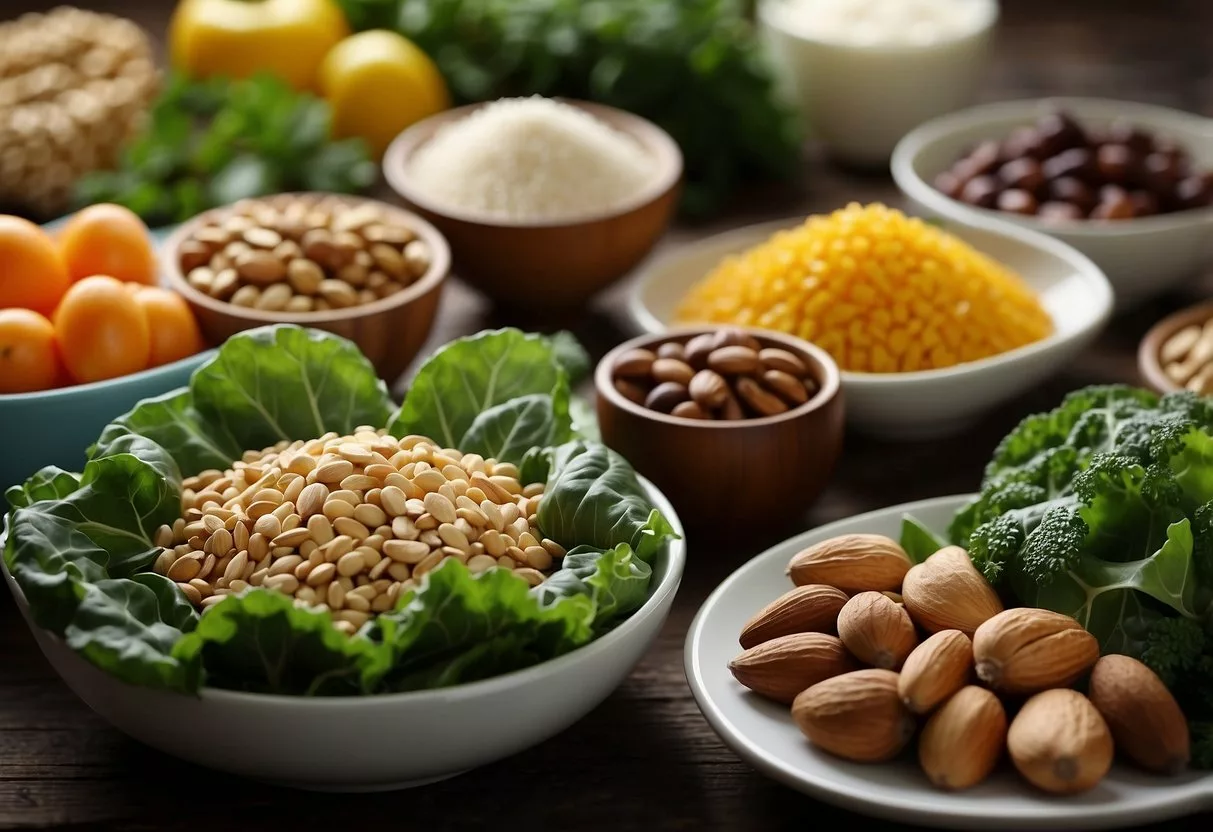
Strong nails need specific nutrients to grow and stay healthy. These nutrients help build nail structure, prevent brittleness, and promote overall nail health.
Vitamins and Their Roles
Vitamins play a crucial role in maintaining nail health. Biotin, also known as vitamin B7, is essential for nail strength and growth. It helps the body make keratin, a protein that forms nails.
Vitamin E acts as an antioxidant, protecting nail cells from damage. It also improves circulation, which helps nourish nails.
Vitamin C is important for collagen production. Collagen gives nails their structure and strength.
A balanced diet rich in these vitamins is key. Foods like cooked eggs, legumes, and sardines are good sources. Some people may benefit from a multivitamin supplement.
Minerals and Their Impact
Minerals are just as important as vitamins for nail health. Iron helps carry oxygen to nail cells, promoting growth and preventing brittleness.
Calcium strengthens nails and helps prevent splitting and breaking. Dairy products, leafy greens, and fortified foods are good calcium sources.
Zinc aids in protein synthesis and cell division, both crucial for nail growth. Nuts, seeds, and whole grains contain zinc.
Selenium is another important mineral. It helps maintain nail strength and flexibility.
Importance of Biotin and Protein
Biotin is often called the “nail vitamin”. It helps the body use protein to build strong nails. Foods high in biotin include nuts, seeds, and sweet potatoes.
Protein is the building block of nails. Eating enough protein is crucial for nail health. Good sources include:
- Lean meats
- Fish
- Eggs
- Legumes
- Dairy products
Collagen, a type of protein, gives nails their structure. The body makes collagen, but production decreases with age. Eating collagen-rich foods or taking supplements may help.
Daily Nail Care Routine
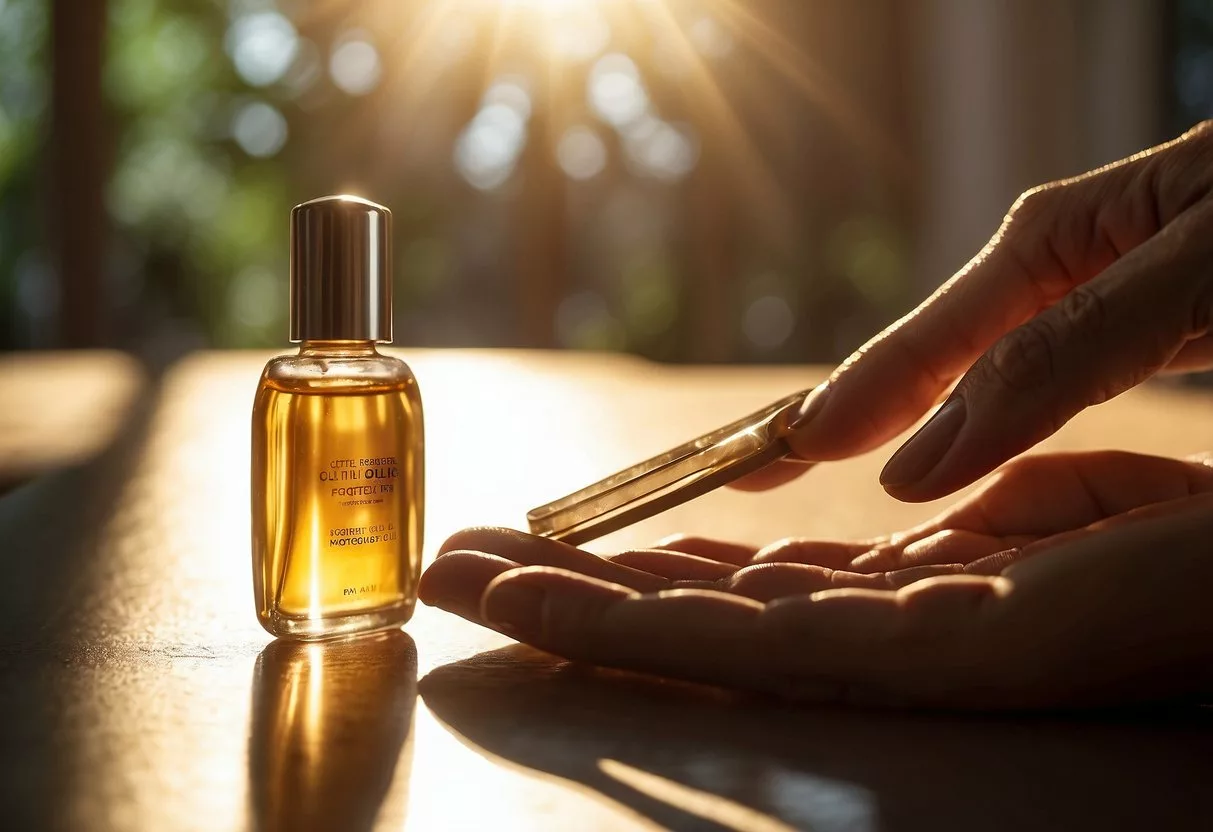
A consistent nail care routine is key to maintaining strong, healthy nails. By focusing on hygiene, moisturizing, and using the right products, you can significantly improve the condition of your natural nails.
Proper Nail Hygiene
Clean nails are healthy nails. Wash hands thoroughly and clean under the nails using a soft brush. This helps remove dirt and prevent bacterial growth.
Trim nails regularly using sharp nail clippers. File in one direction to prevent splitting and weakening of the nail.
Avoid biting nails or picking at cuticles. These habits can damage the nail bed and introduce harmful bacteria.
After washing, dry hands and nails completely to prevent fungal infections.
Importance of Moisturizing
Moisturizing is crucial for nail health. Well-hydrated nails are less likely to become brittle or break.
Apply cuticle oil daily to nourish the nail bed and surrounding skin. Massage it into the cuticles and nails to improve circulation.
Use hand cream or lotion after washing hands or doing wet work. This helps replace lost moisture and protects the nails.
For extra hydration, apply a thick layer of hand cream before bed and wear cotton gloves overnight.
Choosing the Right Nail Care Products
Select products that strengthen and nourish nails. Look for non-toxic nail polish and removers to minimize damage.
Choose a nail strengthener with ingredients like biotin, keratin, or calcium. Apply as directed to boost nail hardness.
Opt for acetone-free nail polish removers. These are gentler on nails and cuticles.
When using nail polish, apply a base coat to protect nails from staining. Finish with a top coat to seal and protect the color.
Allow nails to “breathe” between manicures by going polish-free for a few days.
Safe Manicure and Pedicure Practices
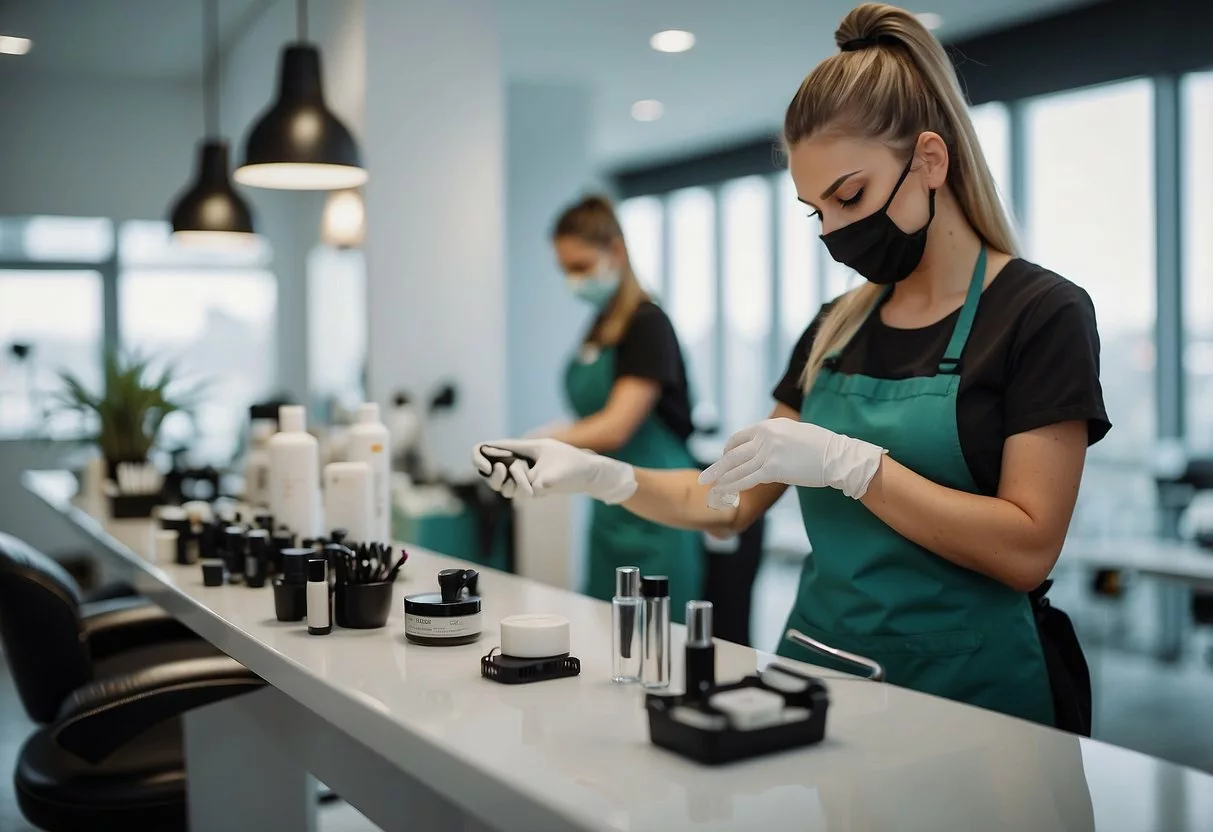
Taking care of your nails requires more than just regular polish changes. Safe practices at home and in salons can keep your nails strong and healthy. Here are key tips for proper nail care during manicures and pedicures.
Managing Cuticles with Care
Cuticles protect nails from infection. Don’t cut or push them back forcefully. Gently push cuticles back after a shower when they’re soft. Use cuticle oil to keep them moisturized.
Avoid picking at hangnails. Trim them carefully with clean, sharp nail scissors. This prevents tearing and infection.
If cuticles get dry or damaged, apply a cuticle cream nightly. Massage it in to boost blood flow to nail beds. This helps nails grow stronger.
Selecting Quality Nail Salons
Choose salons that follow strict hygiene rules. Look for clean workstations and sterilized tools. Good salons use fresh nail files for each customer.
Check if technicians wash their hands between clients. They should wear gloves for certain procedures. Ask about their disinfection methods for foot baths and tools.
Avoid salons that use drills on natural nails. These can damage nail beds. Pick places that offer alternatives to harsh chemicals when possible.
Healthy Manicure Frequency
Getting regular manicures can help maintain nail health. But too many can be harmful. Aim for every 2-3 weeks for natural nails.
Give nails a break between gel or acrylic applications. These can weaken nails over time. Take a 1-2 week break every couple of months.
Use gentle nail polish removers. Acetone-free options are less drying. Apply hand cream after removing polish to restore moisture.
Between salon visits, keep nails trimmed and filed. Use a glass file to prevent splitting. Moisturize hands and nails daily to prevent brittleness.
Common Nail Issues and Treatments
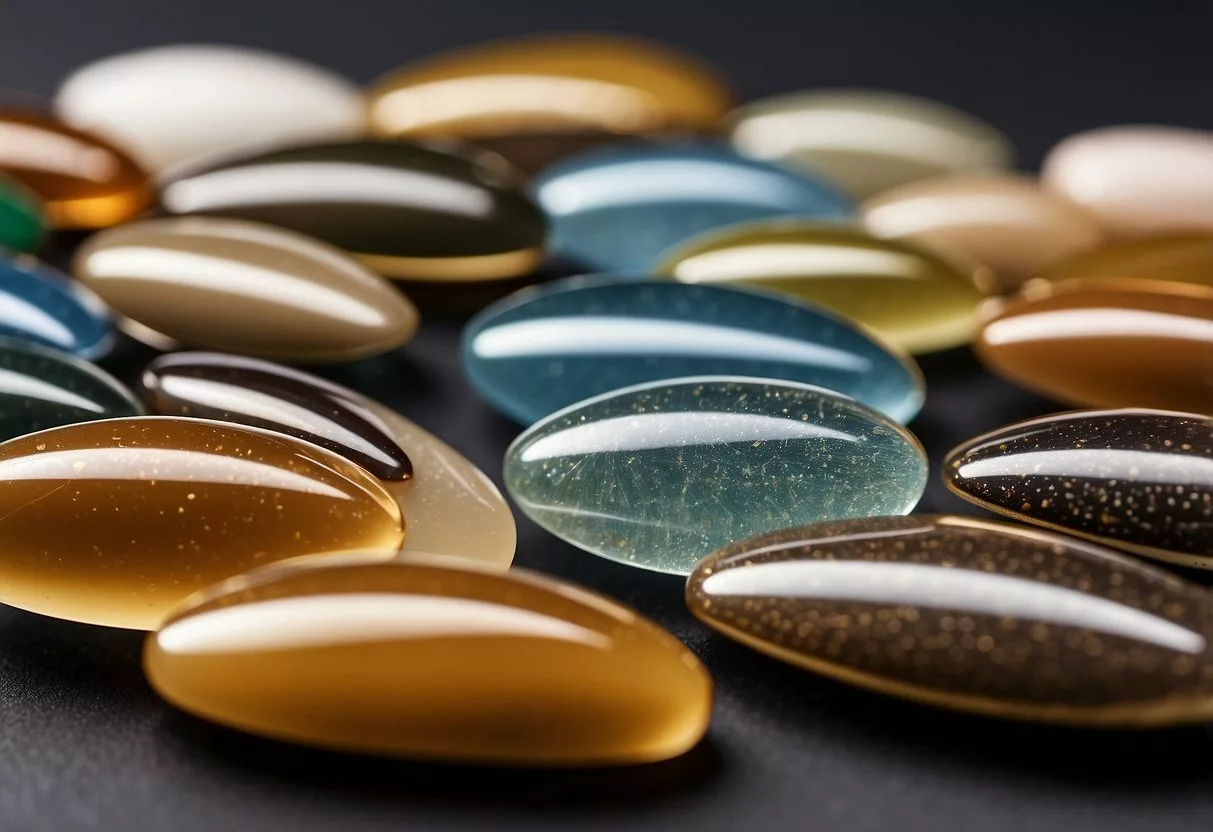
Nails can face various problems that affect their strength and appearance. Understanding these issues and their treatments can help maintain healthy nails.
Dealing with Brittle or Peeling Nails
Brittle and peeling nails are common problems that can make nails weak and prone to breakage. To address this issue:
- Keep nails moisturized by applying hand lotion or cuticle balm after washing hands.
- Use a nail hardener to strengthen weak nails.
- Avoid harsh chemicals and excessive water exposure.
Eating a balanced diet rich in biotin, iron, and protein can also help. These nutrients support nail health from the inside out.
Addressing Discoloration and Ridges
Nail discoloration and ridges can be signs of various issues:
- Yellow nails may result from fungal infections or prolonged polish use.
- White spots often indicate minor trauma and will grow out.
- Vertical ridges are usually harmless and become more common with age.
- Horizontal ridges may signal underlying health issues.
To treat discoloration:
- Remove nail polish and let nails breathe.
- Use a gentle nail file to smooth ridges.
- Apply tea tree oil for fungal infections.
When to Consult a Dermatologist
While many nail issues can be treated at home, some require professional help:
- Persistent pain or inflammation around nails
- Severe discoloration that doesn’t improve
- Thickening or separation of the nail from the nail bed
- Sudden changes in nail shape or texture
A dermatologist can diagnose underlying conditions and may prescribe FDA-approved treatments. They might recommend prescription-strength nail treatments for severe cases.
If nail problems persist despite home care, it’s best to seek medical advice. A dermatologist can rule out serious health issues and provide targeted treatments.
Lifestyle and Environmental Factors
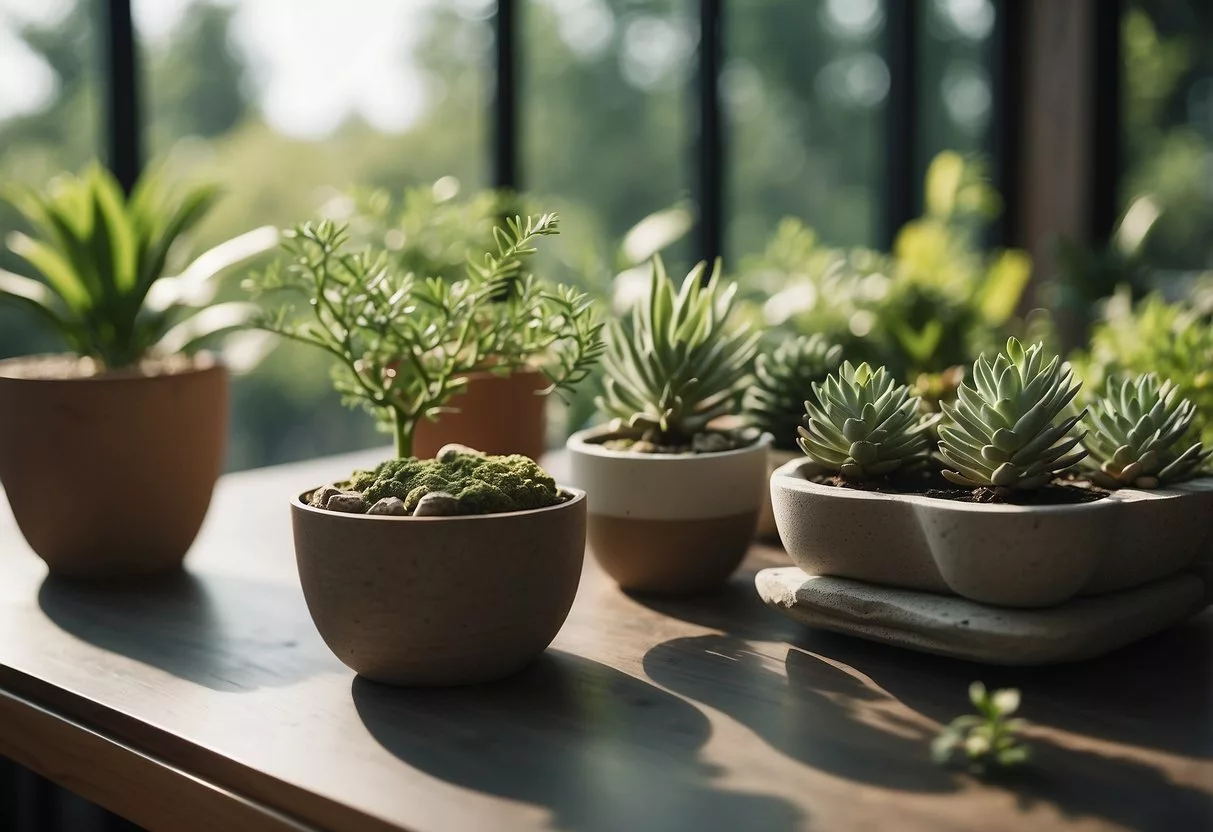
Your daily habits and surroundings play a big role in nail health. Small changes can make a big difference in keeping nails strong.
Impact of Water Exposure
Too much water can weaken nails. Long baths or showers soften nails, making them prone to breaking. Swimming and doing dishes without gloves can also harm nails.
Drinking enough water is good for overall health, including nails. But soaking in water is different. It strips natural oils from nails.
Protect nails by:
- Wearing gloves for cleaning and dishes
- Limiting time in water
- Applying nail oil after water exposure
Effects of Cleaning and Cosmetic Products
Harsh chemicals in cleaning products can damage nails. Many people don’t realize shampoo affects nails too.
Choose gentle, natural products when possible. Look for nail-friendly options.
Tips for product use:
- Wear gloves when cleaning
- Use acetone-free nail polish remover
- Pick sulfate-free shampoos
Some products can cause changes in nail thickness or shape. If this happens, try switching brands.
The Role of a Balanced Lifestyle
A healthy lifestyle supports strong nails. Diet plays a key part in nail health.
Eating foods rich in biotin can help strengthen nails. Good choices include:
- Eggs
- Nuts
- Sweet potatoes
Stress can affect nail growth. Finding ways to relax may improve nail health.
Simple lifestyle tweaks can make a difference:
- Get enough sleep
- Exercise regularly
- Manage stress
Avoiding harmful habits like biting nails or using them as tools helps too.
Advancements in Nail Care Technology

New technologies are changing how we care for our nails. These innovations aim to make nails stronger and protect them from damage.
Innovative Nail Strengthening Treatments
Nail care products now use advanced formulas to boost nail strength. Some treatments contain keratin, the protein that makes up nails. These products help fill in gaps and smooth the nail surface.
Peptide-based products are also popular. They work by signaling the body to produce more keratin. This can lead to thicker, stronger nails over time.
Nanotechnology is another exciting development. Tiny particles in nail treatments can penetrate deeper into the nail. This helps deliver nutrients and strengthen nails from within.
Sun Protection for Nails
UV light can harm nails, just like it harms skin. New nail care products now include SPF to guard against this damage.
Some nail polishes have built-in UV filters. These shield nails from the sun’s rays while adding color. Clear top coats with SPF are also available. They can be used over regular polish or on bare nails.
Specialized nail sunscreens are now on the market. These products are designed to be absorbed by the nail. They offer protection without the shine or color of polish.
Practical Tips for Specific Nail Types
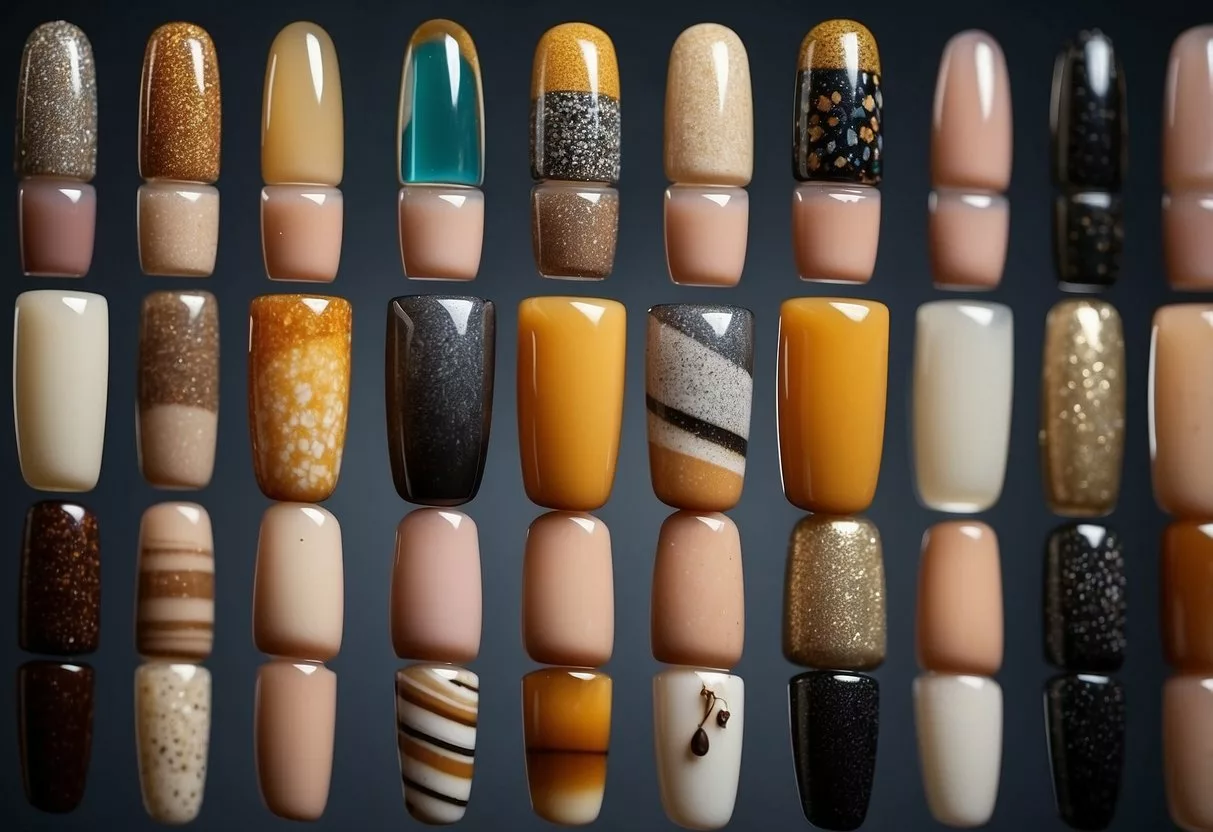
Different nail lengths require unique care approaches. The following tips will help you maintain strong, healthy nails whether you prefer them long or short.
Caring for Long Nails
Long nails need extra protection to stay strong. File your nails regularly with a glass or crystal nail file to prevent snagging and breakage. This gentle filing method helps seal the nail’s layers.
Keep long nails moisturized to prevent brittleness. Apply cuticle oil daily and use hand cream after washing. This locks in moisture and improves flexibility.
Wear gloves for household chores. Long nails are more prone to damage from detergents and hot water. Protect them during cleaning, dishes, and other wet tasks.
Consider a strengthening base coat under polish. This extra layer helps reinforce long nails against bending and breaking.
Maintaining Strong Short Nails
Short nails can be just as strong as long ones with proper care. Gently push back cuticles after showering when they’re soft. This promotes healthy nail growth and prevents hangnails.
Keep nails clean and dry. Moisture trapped under short nails can lead to fungal infections. Dry thoroughly after hand washing and swimming.
Use a nail brush to clean under short nails. This removes dirt and debris without damaging the nail bed. Clean tools with soap and water after each use.
Apply a nail hardener if your nails are prone to peeling. This helps strengthen the nail plate and prevents splitting. Reapply every few days for best results.
Frequently Asked Questions
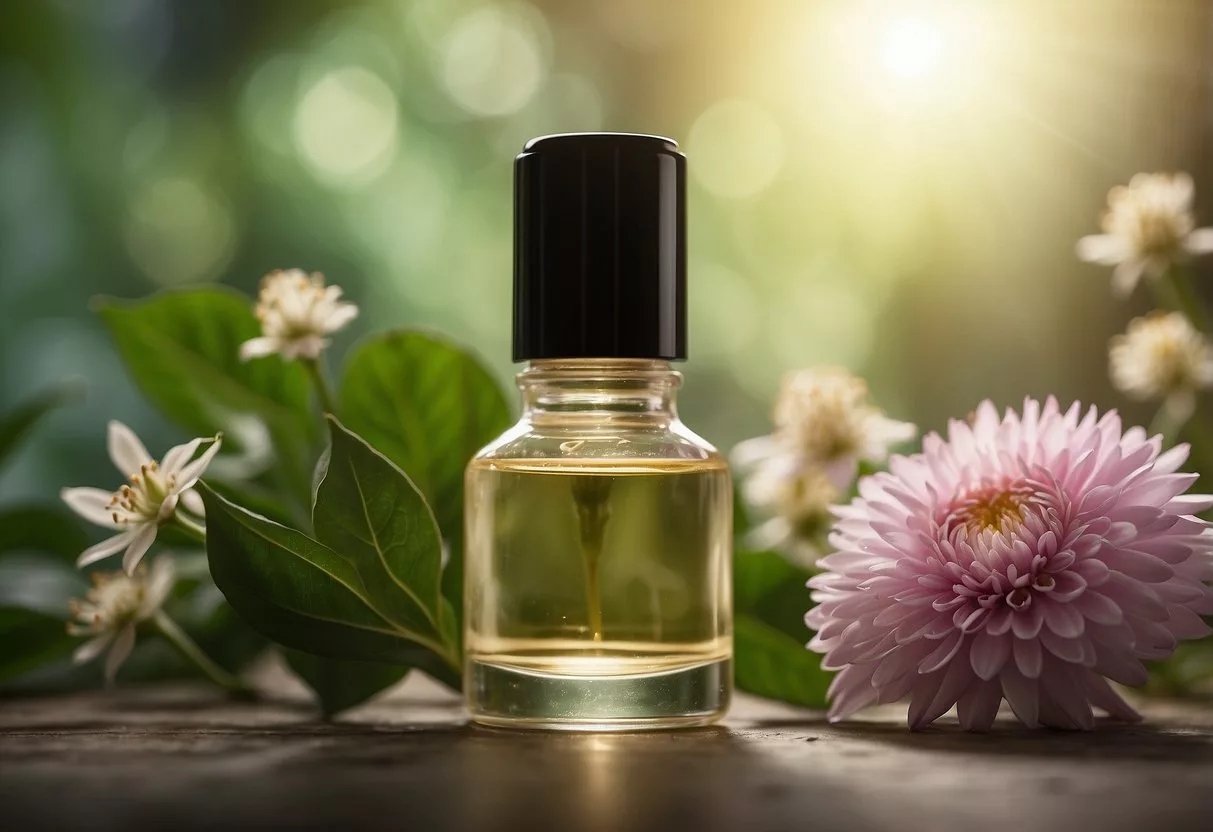
Many people have questions about strengthening their natural nails. Proper care, nutrition, and treatments can make a big difference in nail health. Let’s explore some common concerns and effective solutions.
What are effective ways to strengthen my fingernails naturally?
Moisturizing cuticles is key for strong nails. Apply cuticle oil or hand lotion daily to keep the nail area hydrated.
Limit water exposure. Excessive soaking weakens nails, so wear gloves for cleaning tasks and avoid long baths.
File nails in one direction to prevent splitting. Use a glass nail file for smoother edges.
Which vitamins and foods are known to promote strong nails?
Biotin supplements may help strengthen nails. Foods rich in biotin include eggs, nuts, and whole grains.
Protein is essential for nail growth. Include lean meats, fish, and beans in your diet.
Zinc and iron support nail health. Oysters, spinach, and pumpkin seeds are good sources of these minerals.
What are the best at-home treatments for stronger nails?
Massage hemp oil into nails and cuticles. Its magnesium and vitamin E content can improve nail strength.
Try a DIY nail soak with olive oil and lemon juice. This mixture can help nourish and brighten nails.
Apply a strengthening base coat, even when not wearing polish. This creates a protective layer for nails.
How can I tell the difference between healthy nails and unhealthy ones?
Healthy nails are smooth, uniform in color, and free from spots or discoloration. The nail plate should be flat or slightly curved.
Unhealthy nails may show ridges, pits, or changes in shape. Discoloration, thickening, or separation from the nail bed are signs of potential issues.
Why might my natural nails be weak, and how can I address this?
Nutritional deficiencies can lead to weak nails. Ensure a balanced diet rich in protein, vitamins, and minerals.
Harsh chemicals in nail products can cause damage. Choose gentle, non-toxic polish and removers.
Dehydration affects nail strength. Drink plenty of water to keep nails hydrated from the inside out.
Can nails be strengthened overnight, and if so, how?
While significant changes take time, some overnight treatments can help. Apply a thick hand cream or cuticle oil before bed and wear cotton gloves.
Avoid using harsh chemicals or excessive filing before bedtime. This gives nails a chance to recover overnight.
Consistent nightly care, combined with good daytime habits, leads to stronger nails over time.